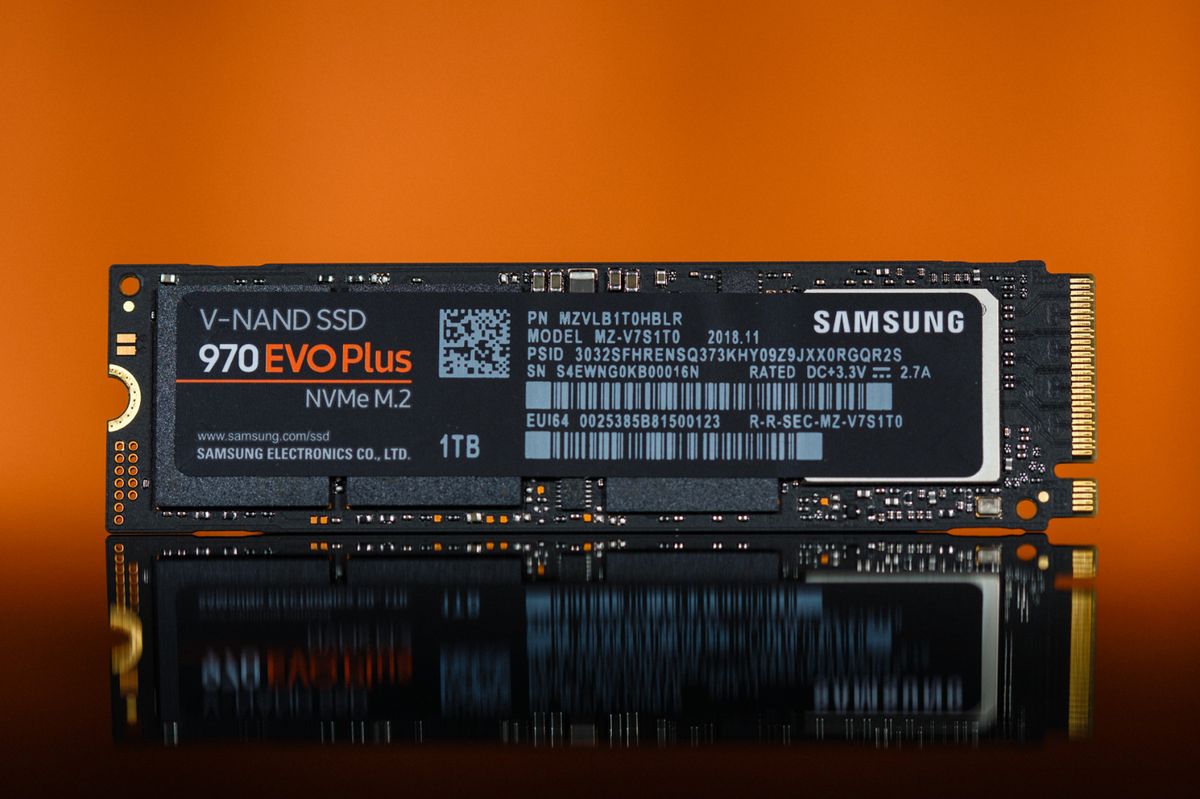Phoronix: Btrfs Adds Degenerate RAID Support, Performance Improvements With Linux 5.15
The Btrfs file-system updates have landed now in Linux 5.15 mainline with some exciting new features and improvements...
The Btrfs file-system updates have landed now in Linux 5.15 mainline with some exciting new features and improvements...





Comment